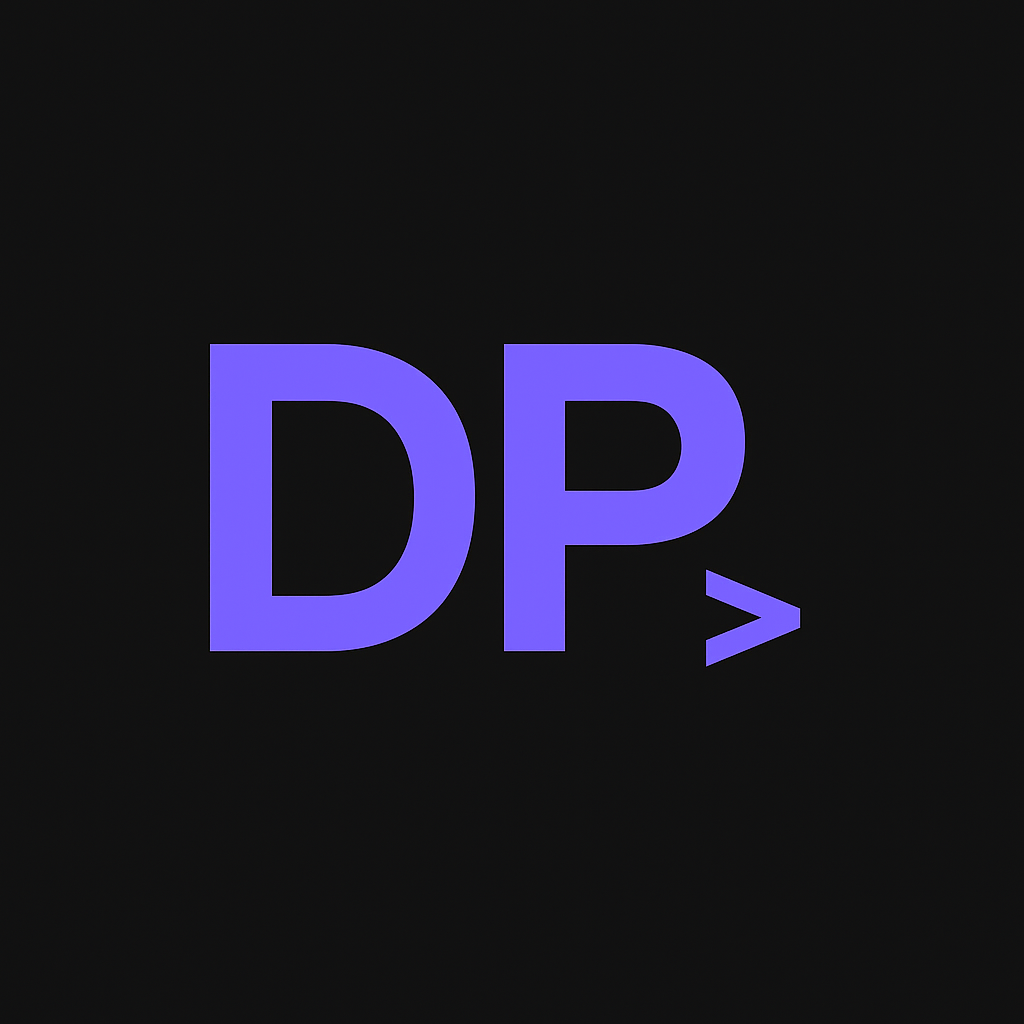The shift from traditional documentation tools to docs-as-code workflows has transformed how teams build and maintain developer portals. This section explores the leading frameworks and the strategic decisions behind choosing the right platform.
Modern documentation teams are moving away from proprietary platforms toward developer-centric workflows that treat documentation like code:
Version control integration with Git workflowsCollaborative editing through pull requests and code reviewAutomated deployment via CI/CD pipelinesDeveloper tooling for local development and testingMarkdown-first authoring for platform portability
The documentation framework landscape primarily splits into two approaches:
Documentation-First Frameworks
Examples : Docusaurus, GitBook, Starlight
Built specifically for documentation with opinionated defaults, content management, and docs-specific features out of the box.
Pros : Fast setup, docs-optimized features, community themesCons : Less flexibility, harder to customize beyond docs
General-Purpose Meta-Frameworks
Examples : Next.js, Nuxt.js, SvelteKit
Flexible web frameworks that can be configured for documentation but offer unlimited customization potential.
Pros : Maximum flexibility, rich ecosystem, custom functionalityCons : More setup required, need to build docs features
The two most popular choices for modern developer portals represent different philosophies:
React ecosystem : Leverage the entire React component libraryCustom functionality : Build interactive demos, API explorers, dashboardsPerformance : Advanced optimization with App Router and Server ComponentsDeployment : Seamless Vercel integration or self-hosted optionsLearning curve : Requires React knowledge and more configuration
Best for : Teams wanting custom functionality, interactive documentation, or existing React expertise
Facebook/Meta maintained : Battle-tested by large-scale documentation needsBuilt-in features : Versioning, i18n, search, and blogging out of the boxContent management : Sophisticated sidebar generation and content organizationPlugin ecosystem : Rich plugin system for extending functionalityLearning curve : Minimal setup, docs-focused configuration
Best for : Teams prioritizing speed-to-market, comprehensive docs features, or minimal maintenance overhead
Technical expertise : React familiarity vs. docs-first preferencesMaintenance capacity : Custom builds require ongoing developer attentionExisting infrastructure : Integration with current deployment pipelinesFuture flexibility : How likely are you to need custom functionality?
Content complexity : Simple docs vs. interactive experiencesMulti-language support : Built-in i18n vs. custom implementationVersioning needs : API documentation vs. evergreen contentSearch requirements : Basic search vs. advanced filtering
Time to market : Documentation-first frameworks ship fasterDevelopment resources : Custom frameworks require more developer timeScalability needs : Traffic patterns and content volumeBudget constraints : Hosting costs and development time
When migrating from proprietary documentation platforms:
Content audit : Catalog existing content and required featuresTool evaluation : Match requirements to framework capabilitiesProof of concept : Build a sample with your most complex contentGradual migration : Phase the transition to minimize disruptionTeam training : Invest in docs-as-code workflow education
Moving between Next.js and Docusaurus (or similar):
Content portability : Markdown content transfers easilyFeature mapping : Identify framework-specific features to rebuildURL preservation : Maintain SEO and bookmark compatibilityComponent translation : Convert between React and framework-specific components
AI-assisted content : Integration with AI writing and review toolsComponent-driven docs : Reusable documentation componentsEdge deployment : Faster global content deliveryDeveloper experience : Improved local development workflows
Hybrid approaches : Combining multiple frameworks for different content typesHeadless documentation : API-driven content management with flexible frontendsPerformance focus : Core Web Vitals optimization for documentation sites
This site demonstrates the Astro Starlight approach, but I’m also building comparative examples:
Next.js demo : Interactive API explorer with live code examplesDocusaurus demo : Multi-version documentation with comprehensive searchMigration case study : Detailed comparison of implementation approaches
Explore the individual framework guides for detailed implementation strategies, migration paths, and real-world examples from teams who’ve made these transitions.
